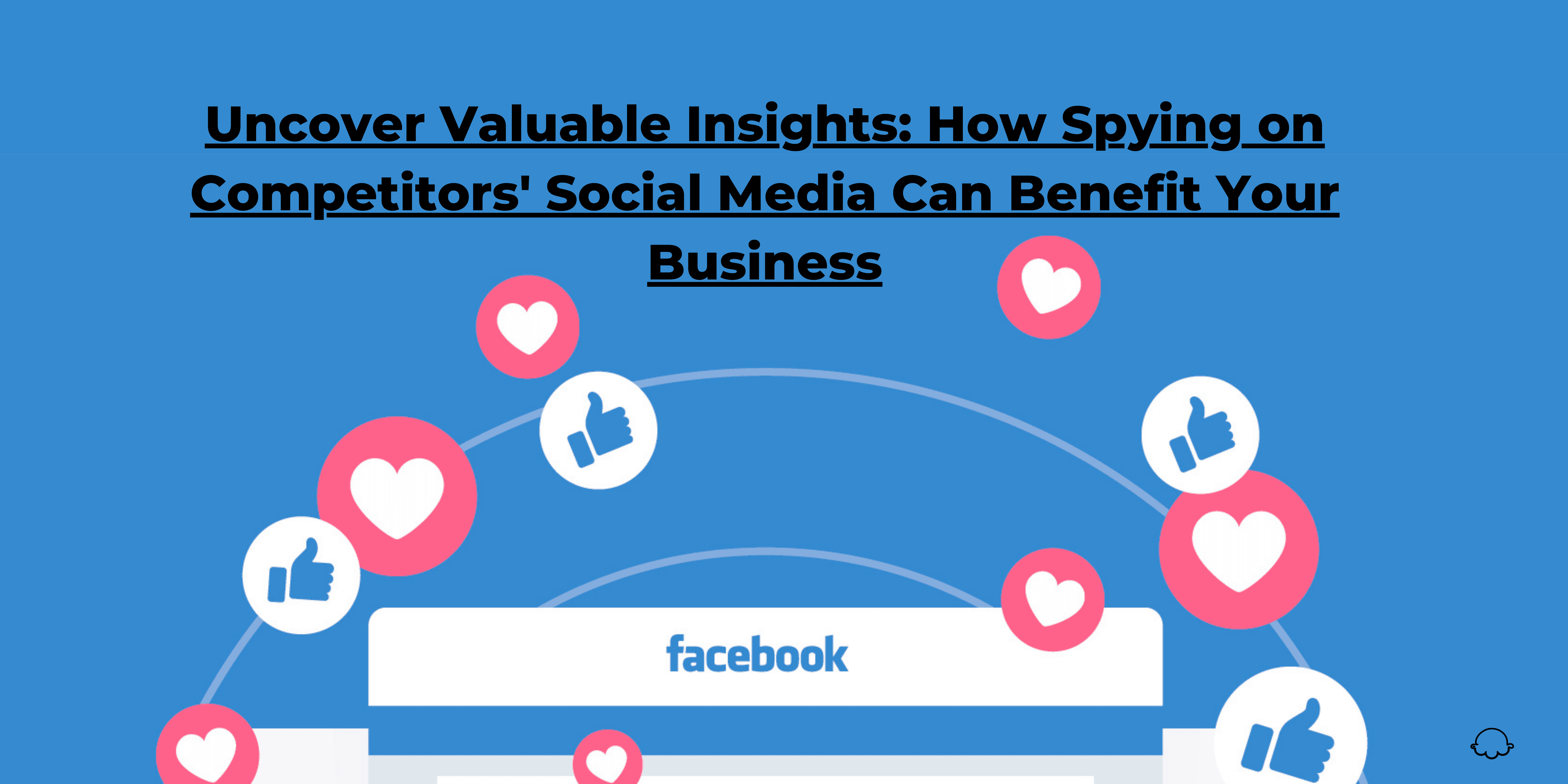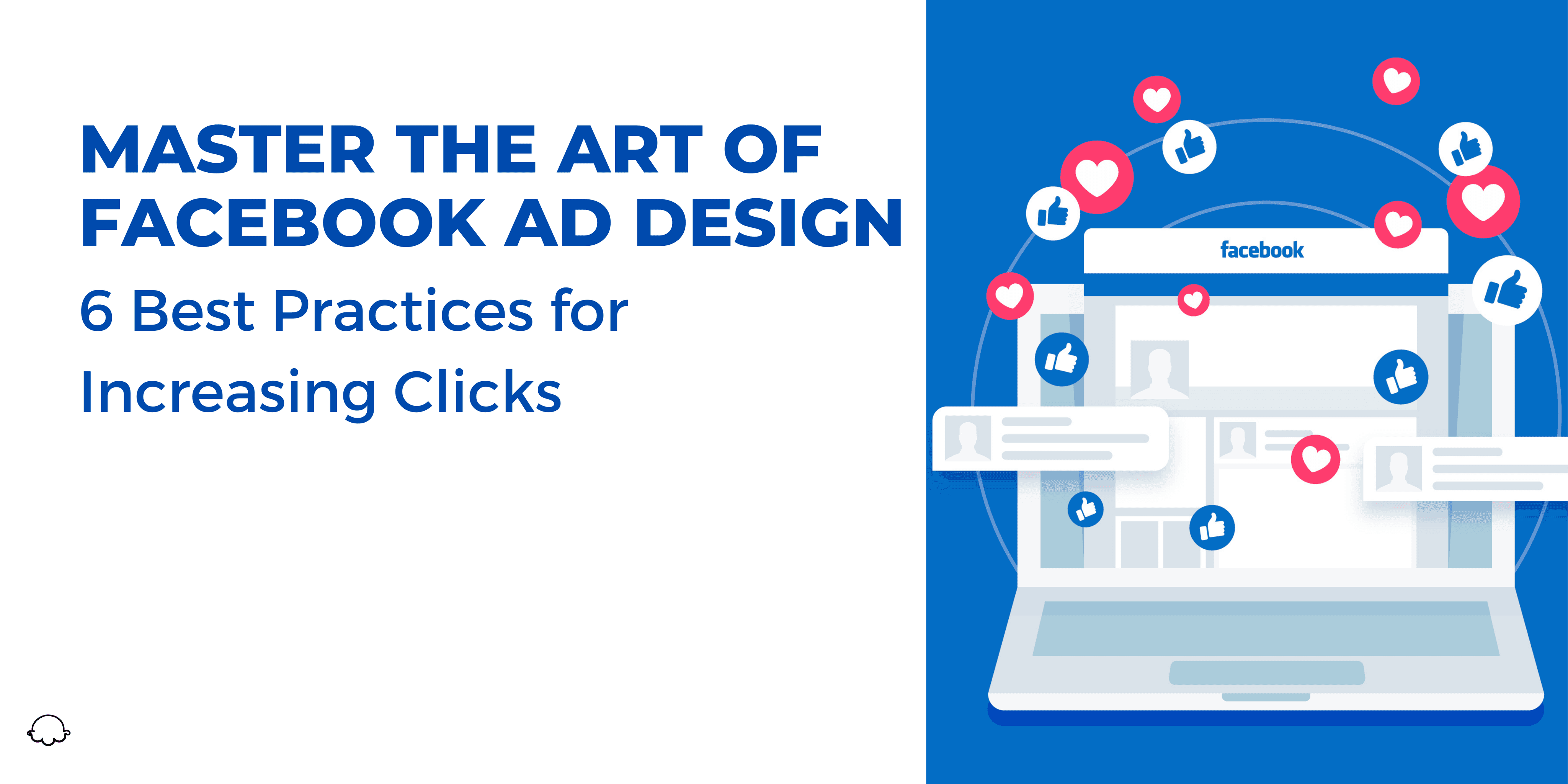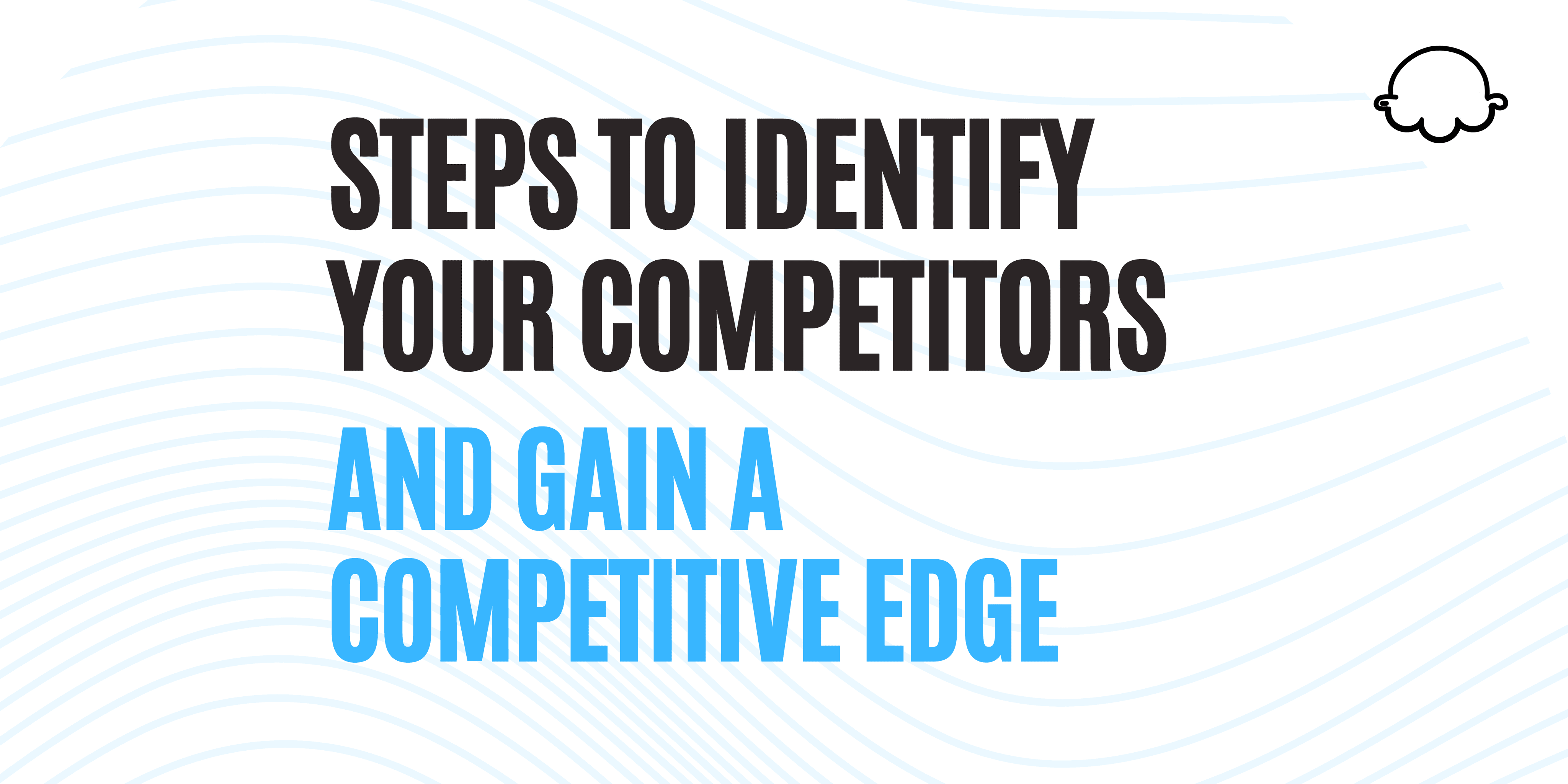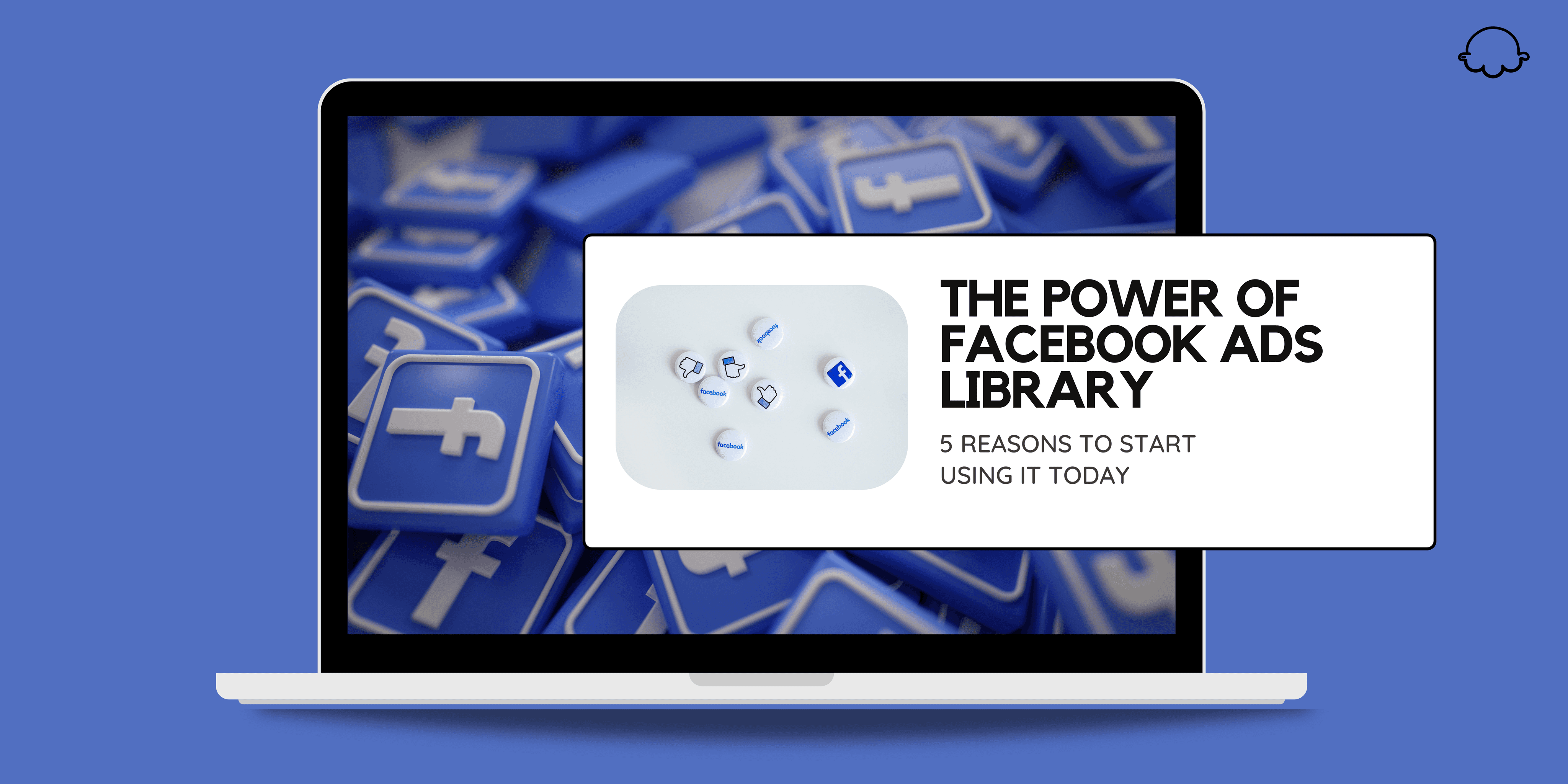Uncover Valuable Insights: How Spying on Competitors' Social Media Can Benefit Your Business
Uncover Valuable Insights: How Spying on Competitors' Social Media Can Benefit Your Business
Uncover Valuable Insights: How Spying on Competitors' Social Media Can Benefit Your Business
April 15, 2023
April 15, 2023
April 15, 2023



Most businesses rely on on-site auditing tools for competitor research, which often focuses solely on keywords and traffic. While this is a solid strategy, it means that many businesses overlook social media as a valuable platform for conducting recon missions. This is a significant missed opportunity.
However, by spying on your competitors on social media, you can gain an enormous amount of information that goes beyond just the number of followers on each platform. You can learn about various aspects of their business and use this information to your advantage.
The best part is that you don't need expensive tools to obtain most of this information. Simply utilizing native tools and manually reviewing your competitors' pages can provide you with all the insights you need.
Explore the following 6 key insights that you can gain by spying on your competitors' social media:
Learn About Your Competitors' Current Deals and Marketing Strategies
When analyzing a business's ad campaigns, there is a lot that can be learned, such as:
The promotions they are currently offering, such as free shipping, discounts, or sales.
The pain points or value propositions they are emphasizing.
The specific audiences they are targeting.
The types of imagery and videos they are utilizing, as well as the narratives they are crafting.
By utilizing a business's Facebook Info & Ads section, which can be located on their Page, you can examine their present ad campaigns. This will provide you with a glimpse of all the newsfeed ads that the Page is presently running and guide you to the assigned landing page.
Examining ad campaigns can give you valuable insights into the techniques and appeals your competitors are using to engage with their customers. This information can be used to identify tactics that you may want to experiment with yourself and to understand what your competitors are offering. If you can find a way to improve upon their methods, such as crafting more persuasive copy or offering better sales, take advantage of the opportunity to differentiate yourself from the competition.
Analyze Your Competitors' Social Media to Uncover Customer Opinions
Customers have a wealth of opinions, and it's easy to assume that unless you're the recipient of those opinions, there's no way to access them other than by scrutinizing reviews.
While it's useful to investigate online reviews on various platforms such as Facebook, it's even more valuable to examine what people are saying about a brand rather than it. This can be achieved by searching for the brand's name as a hashtag or by exploring the branded hashtags on Instagram and Twitter.
Instagram tends to showcase more favorable user-generated content. Take a look at the campaigns your competitors may be utilizing to promote user-generated content (UGC) and assess whether they provide specific instructions to users, such as encouraging them to share their "unboxing" experience of unpacking their packages. Providing precise instructions increases the probability that users will create UGC, so it's worth investigating how your competitors are using this strategy, particularly if it's been successful for them. Most brands will typically include instructions for user-generated content in their bio.
Twitter is the platform where you'll see a lot of opinions being expressed rapidly and fervently. People frequently take their complaints to Twitter and share them publicly in the hopes that they'll go viral. Although you'll also see instances where competitors succeed, if you want to gain a clear understanding of where your competition is lacking and how you can step up to fulfill those needs, Twitter is an excellent platform to use for this purpose.Discover Your Competitors' Unique Brand Voice through Social Media Analysis
To get a better understanding of your competitors' brand and brand voice, it's essential to look at their social media Stories. Facebook, Instagram, and Snapchat Stories offer a unique insight into a brand's personality and character. Brands use these platforms to showcase behind-the-scenes team members and events, which they might not have shared otherwise.

To view your competitor's Story, click on their profile, and then on their profile picture. If they have Stories, you'll be able to see them. You should also check out their Highlights on Instagram, which are archives of their top Stories. These Highlights are short, lasting only up to 15 seconds, so take some time to watch and understand their brand as your customers would see it.Spy on Your Competitors' Social Media to Gather Important Business Insights
If you want to stay up to date with your competitors’ business activities, keep an eye on their social media accounts. They’ll often use platforms like Facebook, Instagram, and Twitter to announce big news, such as new product releases, service launches, or special promotions. By staying informed, you’ll be able to see what they’re doing and potentially adjust your strategy to stay competitive. Additionally, you can look for opportunities to participate in similar community events or activities as your competitors to keep up with their level of engagement.
Indeed, monitoring your competitors on social media can provide valuable insights into their strategies, strengths, and weaknesses. By understanding what they are doing and how they are engaging with their audience, you can adjust your approach and stay ahead of the competition.Learn About Your Competitors' Customer Service Practices through Social Media Monitoring
Knowing your competitor’s customer service standards can help you identify potential areas for improvement in your own business. Social media is a great way to see how your competitors handle customer service inquiries, complaints, and overall engagement with their customers. Take note of how quickly they respond, the tone of their responses, and how they handle negative feedback. If you notice a pattern of poor customer service, use this as an opportunity to showcase how your business prioritizes exceptional customer service.

Social media can be an effective tool to assess this aspect. Examine a company's social media accounts to evaluate how they engage with their customers. Do they have a low response rate on Facebook (which can be determined by their response rate, as shown in the above screenshot)? Check their tweets and public posts from other users to see if they respond promptly to complaints. Are they selectively addressing complaints and disregarding other customer interactions or vice versa? Analyze how they interact with their customers, as it often reflects their offline customer service as well.Gauge Your Social Media Performance by Comparing it to Your Competitors'
It's not unexpected that examining your competitors on social media will aid in gauging your social performance against theirs. It's easy to compare follower counts, review numbers, and comment rates, but sometimes the more subtle metrics are the most significant. To gain a comprehensive understanding of how you measure up to your competitors, consider using advanced social media analytics tools such as SEMrush's Social Media Tracker, Rival IQ, or SocialBakers. These tools provide detailed analysis and insights that can help you gain an edge over your competition.

It is essential to note that the engagement rate is more significant than the total number of likes or comments a brand receives. For instance, if your brand has 1000 followers and posts four times a week, with a total of 200 engagements, it has a higher engagement rate compared to a competitor with 10,000 followers who posts eight times a week and has 600 likes, comments, and shares.
Engagement rate is a critical metric to monitor because it indicates how well your audience is engaging with your content. It can also indicate the growth of a community on social media, which is beneficial for building brand loyalty and advocacy. Additionally, higher engagement rates can lead to higher placements in social media algorithms, which means your content is more likely to be seen by your target audience.
Conclusion
Performing competitor research is a crucial aspect of marketing. By comparing your social media content to your competitors, you can evaluate how well you're doing. Moreover, you can obtain a wealth of information about their business, even information that they may wish to conceal, provided you know where to look.
Analyzing your competitors on social media can be an effective way to gain a competitive edge. By studying their strategies and tactics, you can either differentiate yourself by doing something unique or strive to outperform them in areas where they're falling short.
If you are looking for a powerful tool to discover the secrets to outperforming your competition on Facebook then surely visit AdIndex. Our powerful tool provides detailed insights into the types of Facebook ads your competitors are running, so you can stay one step ahead in your advertising game. Visit our website now to gain a competitive advantage and start dominating your industry on social media.
Most businesses rely on on-site auditing tools for competitor research, which often focuses solely on keywords and traffic. While this is a solid strategy, it means that many businesses overlook social media as a valuable platform for conducting recon missions. This is a significant missed opportunity.
However, by spying on your competitors on social media, you can gain an enormous amount of information that goes beyond just the number of followers on each platform. You can learn about various aspects of their business and use this information to your advantage.
The best part is that you don't need expensive tools to obtain most of this information. Simply utilizing native tools and manually reviewing your competitors' pages can provide you with all the insights you need.
Explore the following 6 key insights that you can gain by spying on your competitors' social media:
Learn About Your Competitors' Current Deals and Marketing Strategies
When analyzing a business's ad campaigns, there is a lot that can be learned, such as:
The promotions they are currently offering, such as free shipping, discounts, or sales.
The pain points or value propositions they are emphasizing.
The specific audiences they are targeting.
The types of imagery and videos they are utilizing, as well as the narratives they are crafting.
By utilizing a business's Facebook Info & Ads section, which can be located on their Page, you can examine their present ad campaigns. This will provide you with a glimpse of all the newsfeed ads that the Page is presently running and guide you to the assigned landing page.
Examining ad campaigns can give you valuable insights into the techniques and appeals your competitors are using to engage with their customers. This information can be used to identify tactics that you may want to experiment with yourself and to understand what your competitors are offering. If you can find a way to improve upon their methods, such as crafting more persuasive copy or offering better sales, take advantage of the opportunity to differentiate yourself from the competition.
Analyze Your Competitors' Social Media to Uncover Customer Opinions
Customers have a wealth of opinions, and it's easy to assume that unless you're the recipient of those opinions, there's no way to access them other than by scrutinizing reviews.
While it's useful to investigate online reviews on various platforms such as Facebook, it's even more valuable to examine what people are saying about a brand rather than it. This can be achieved by searching for the brand's name as a hashtag or by exploring the branded hashtags on Instagram and Twitter.
Instagram tends to showcase more favorable user-generated content. Take a look at the campaigns your competitors may be utilizing to promote user-generated content (UGC) and assess whether they provide specific instructions to users, such as encouraging them to share their "unboxing" experience of unpacking their packages. Providing precise instructions increases the probability that users will create UGC, so it's worth investigating how your competitors are using this strategy, particularly if it's been successful for them. Most brands will typically include instructions for user-generated content in their bio.
Twitter is the platform where you'll see a lot of opinions being expressed rapidly and fervently. People frequently take their complaints to Twitter and share them publicly in the hopes that they'll go viral. Although you'll also see instances where competitors succeed, if you want to gain a clear understanding of where your competition is lacking and how you can step up to fulfill those needs, Twitter is an excellent platform to use for this purpose.Discover Your Competitors' Unique Brand Voice through Social Media Analysis
To get a better understanding of your competitors' brand and brand voice, it's essential to look at their social media Stories. Facebook, Instagram, and Snapchat Stories offer a unique insight into a brand's personality and character. Brands use these platforms to showcase behind-the-scenes team members and events, which they might not have shared otherwise.

To view your competitor's Story, click on their profile, and then on their profile picture. If they have Stories, you'll be able to see them. You should also check out their Highlights on Instagram, which are archives of their top Stories. These Highlights are short, lasting only up to 15 seconds, so take some time to watch and understand their brand as your customers would see it.Spy on Your Competitors' Social Media to Gather Important Business Insights
If you want to stay up to date with your competitors’ business activities, keep an eye on their social media accounts. They’ll often use platforms like Facebook, Instagram, and Twitter to announce big news, such as new product releases, service launches, or special promotions. By staying informed, you’ll be able to see what they’re doing and potentially adjust your strategy to stay competitive. Additionally, you can look for opportunities to participate in similar community events or activities as your competitors to keep up with their level of engagement.
Indeed, monitoring your competitors on social media can provide valuable insights into their strategies, strengths, and weaknesses. By understanding what they are doing and how they are engaging with their audience, you can adjust your approach and stay ahead of the competition.Learn About Your Competitors' Customer Service Practices through Social Media Monitoring
Knowing your competitor’s customer service standards can help you identify potential areas for improvement in your own business. Social media is a great way to see how your competitors handle customer service inquiries, complaints, and overall engagement with their customers. Take note of how quickly they respond, the tone of their responses, and how they handle negative feedback. If you notice a pattern of poor customer service, use this as an opportunity to showcase how your business prioritizes exceptional customer service.

Social media can be an effective tool to assess this aspect. Examine a company's social media accounts to evaluate how they engage with their customers. Do they have a low response rate on Facebook (which can be determined by their response rate, as shown in the above screenshot)? Check their tweets and public posts from other users to see if they respond promptly to complaints. Are they selectively addressing complaints and disregarding other customer interactions or vice versa? Analyze how they interact with their customers, as it often reflects their offline customer service as well.Gauge Your Social Media Performance by Comparing it to Your Competitors'
It's not unexpected that examining your competitors on social media will aid in gauging your social performance against theirs. It's easy to compare follower counts, review numbers, and comment rates, but sometimes the more subtle metrics are the most significant. To gain a comprehensive understanding of how you measure up to your competitors, consider using advanced social media analytics tools such as SEMrush's Social Media Tracker, Rival IQ, or SocialBakers. These tools provide detailed analysis and insights that can help you gain an edge over your competition.

It is essential to note that the engagement rate is more significant than the total number of likes or comments a brand receives. For instance, if your brand has 1000 followers and posts four times a week, with a total of 200 engagements, it has a higher engagement rate compared to a competitor with 10,000 followers who posts eight times a week and has 600 likes, comments, and shares.
Engagement rate is a critical metric to monitor because it indicates how well your audience is engaging with your content. It can also indicate the growth of a community on social media, which is beneficial for building brand loyalty and advocacy. Additionally, higher engagement rates can lead to higher placements in social media algorithms, which means your content is more likely to be seen by your target audience.
Conclusion
Performing competitor research is a crucial aspect of marketing. By comparing your social media content to your competitors, you can evaluate how well you're doing. Moreover, you can obtain a wealth of information about their business, even information that they may wish to conceal, provided you know where to look.
Analyzing your competitors on social media can be an effective way to gain a competitive edge. By studying their strategies and tactics, you can either differentiate yourself by doing something unique or strive to outperform them in areas where they're falling short.
If you are looking for a powerful tool to discover the secrets to outperforming your competition on Facebook then surely visit AdIndex. Our powerful tool provides detailed insights into the types of Facebook ads your competitors are running, so you can stay one step ahead in your advertising game. Visit our website now to gain a competitive advantage and start dominating your industry on social media.
Most businesses rely on on-site auditing tools for competitor research, which often focuses solely on keywords and traffic. While this is a solid strategy, it means that many businesses overlook social media as a valuable platform for conducting recon missions. This is a significant missed opportunity.
However, by spying on your competitors on social media, you can gain an enormous amount of information that goes beyond just the number of followers on each platform. You can learn about various aspects of their business and use this information to your advantage.
The best part is that you don't need expensive tools to obtain most of this information. Simply utilizing native tools and manually reviewing your competitors' pages can provide you with all the insights you need.
Explore the following 6 key insights that you can gain by spying on your competitors' social media:
Learn About Your Competitors' Current Deals and Marketing Strategies
When analyzing a business's ad campaigns, there is a lot that can be learned, such as:
The promotions they are currently offering, such as free shipping, discounts, or sales.
The pain points or value propositions they are emphasizing.
The specific audiences they are targeting.
The types of imagery and videos they are utilizing, as well as the narratives they are crafting.
By utilizing a business's Facebook Info & Ads section, which can be located on their Page, you can examine their present ad campaigns. This will provide you with a glimpse of all the newsfeed ads that the Page is presently running and guide you to the assigned landing page.
Examining ad campaigns can give you valuable insights into the techniques and appeals your competitors are using to engage with their customers. This information can be used to identify tactics that you may want to experiment with yourself and to understand what your competitors are offering. If you can find a way to improve upon their methods, such as crafting more persuasive copy or offering better sales, take advantage of the opportunity to differentiate yourself from the competition.
Analyze Your Competitors' Social Media to Uncover Customer Opinions
Customers have a wealth of opinions, and it's easy to assume that unless you're the recipient of those opinions, there's no way to access them other than by scrutinizing reviews.
While it's useful to investigate online reviews on various platforms such as Facebook, it's even more valuable to examine what people are saying about a brand rather than it. This can be achieved by searching for the brand's name as a hashtag or by exploring the branded hashtags on Instagram and Twitter.
Instagram tends to showcase more favorable user-generated content. Take a look at the campaigns your competitors may be utilizing to promote user-generated content (UGC) and assess whether they provide specific instructions to users, such as encouraging them to share their "unboxing" experience of unpacking their packages. Providing precise instructions increases the probability that users will create UGC, so it's worth investigating how your competitors are using this strategy, particularly if it's been successful for them. Most brands will typically include instructions for user-generated content in their bio.
Twitter is the platform where you'll see a lot of opinions being expressed rapidly and fervently. People frequently take their complaints to Twitter and share them publicly in the hopes that they'll go viral. Although you'll also see instances where competitors succeed, if you want to gain a clear understanding of where your competition is lacking and how you can step up to fulfill those needs, Twitter is an excellent platform to use for this purpose.Discover Your Competitors' Unique Brand Voice through Social Media Analysis
To get a better understanding of your competitors' brand and brand voice, it's essential to look at their social media Stories. Facebook, Instagram, and Snapchat Stories offer a unique insight into a brand's personality and character. Brands use these platforms to showcase behind-the-scenes team members and events, which they might not have shared otherwise.

To view your competitor's Story, click on their profile, and then on their profile picture. If they have Stories, you'll be able to see them. You should also check out their Highlights on Instagram, which are archives of their top Stories. These Highlights are short, lasting only up to 15 seconds, so take some time to watch and understand their brand as your customers would see it.Spy on Your Competitors' Social Media to Gather Important Business Insights
If you want to stay up to date with your competitors’ business activities, keep an eye on their social media accounts. They’ll often use platforms like Facebook, Instagram, and Twitter to announce big news, such as new product releases, service launches, or special promotions. By staying informed, you’ll be able to see what they’re doing and potentially adjust your strategy to stay competitive. Additionally, you can look for opportunities to participate in similar community events or activities as your competitors to keep up with their level of engagement.
Indeed, monitoring your competitors on social media can provide valuable insights into their strategies, strengths, and weaknesses. By understanding what they are doing and how they are engaging with their audience, you can adjust your approach and stay ahead of the competition.Learn About Your Competitors' Customer Service Practices through Social Media Monitoring
Knowing your competitor’s customer service standards can help you identify potential areas for improvement in your own business. Social media is a great way to see how your competitors handle customer service inquiries, complaints, and overall engagement with their customers. Take note of how quickly they respond, the tone of their responses, and how they handle negative feedback. If you notice a pattern of poor customer service, use this as an opportunity to showcase how your business prioritizes exceptional customer service.

Social media can be an effective tool to assess this aspect. Examine a company's social media accounts to evaluate how they engage with their customers. Do they have a low response rate on Facebook (which can be determined by their response rate, as shown in the above screenshot)? Check their tweets and public posts from other users to see if they respond promptly to complaints. Are they selectively addressing complaints and disregarding other customer interactions or vice versa? Analyze how they interact with their customers, as it often reflects their offline customer service as well.Gauge Your Social Media Performance by Comparing it to Your Competitors'
It's not unexpected that examining your competitors on social media will aid in gauging your social performance against theirs. It's easy to compare follower counts, review numbers, and comment rates, but sometimes the more subtle metrics are the most significant. To gain a comprehensive understanding of how you measure up to your competitors, consider using advanced social media analytics tools such as SEMrush's Social Media Tracker, Rival IQ, or SocialBakers. These tools provide detailed analysis and insights that can help you gain an edge over your competition.

It is essential to note that the engagement rate is more significant than the total number of likes or comments a brand receives. For instance, if your brand has 1000 followers and posts four times a week, with a total of 200 engagements, it has a higher engagement rate compared to a competitor with 10,000 followers who posts eight times a week and has 600 likes, comments, and shares.
Engagement rate is a critical metric to monitor because it indicates how well your audience is engaging with your content. It can also indicate the growth of a community on social media, which is beneficial for building brand loyalty and advocacy. Additionally, higher engagement rates can lead to higher placements in social media algorithms, which means your content is more likely to be seen by your target audience.
Conclusion
Performing competitor research is a crucial aspect of marketing. By comparing your social media content to your competitors, you can evaluate how well you're doing. Moreover, you can obtain a wealth of information about their business, even information that they may wish to conceal, provided you know where to look.
Analyzing your competitors on social media can be an effective way to gain a competitive edge. By studying their strategies and tactics, you can either differentiate yourself by doing something unique or strive to outperform them in areas where they're falling short.
If you are looking for a powerful tool to discover the secrets to outperforming your competition on Facebook then surely visit AdIndex. Our powerful tool provides detailed insights into the types of Facebook ads your competitors are running, so you can stay one step ahead in your advertising game. Visit our website now to gain a competitive advantage and start dominating your industry on social media.
Get fresh web design stories, tips, and resources delivered straight to your inbox every week.
Get fresh web design stories, tips, and resources delivered straight to your inbox every week.
Continue Reading
Continue Reading
Continue Reading

Master the Art of Facebook Ad Design: 6 Best Practices for Increasing Clicks
April 8, 2023

6 Easy Steps to Identify Your Competitors and Gain a Competitive Edge
March 31, 2023

Facebook Tips
From Mediocre to Memorable: Building Better Ads with the Facebook Ads Library
March 24, 2023

Facebook Tips
The Power of Facebook Ads Library: 5 Reasons to Start Using It Today
March 17, 2023

Facebook Tips
The Ultimate 2023 Facebook Ad Spy Guide: Sneakily Monitor Your Competitors' Ad Strategies Like a Pro
March 10, 2023

Facebook Tips
The Comprehensive Beginner's Handbook to Advertising on Facebook: Leverage the Ad Library in 2023
February 24, 2023

Master the Art of Facebook Ad Design: 6 Best Practices for Increasing Clicks
April 8, 2023

6 Easy Steps to Identify Your Competitors and Gain a Competitive Edge
March 31, 2023

Facebook Tips
From Mediocre to Memorable: Building Better Ads with the Facebook Ads Library
March 24, 2023

Facebook Tips
The Power of Facebook Ads Library: 5 Reasons to Start Using It Today
March 17, 2023

Facebook Tips
The Ultimate 2023 Facebook Ad Spy Guide: Sneakily Monitor Your Competitors' Ad Strategies Like a Pro
March 10, 2023

Facebook Tips
The Comprehensive Beginner's Handbook to Advertising on Facebook: Leverage the Ad Library in 2023
February 24, 2023

Master the Art of Facebook Ad Design: 6 Best Practices for Increasing Clicks
April 8, 2023

6 Easy Steps to Identify Your Competitors and Gain a Competitive Edge
March 31, 2023

Facebook Tips
From Mediocre to Memorable: Building Better Ads with the Facebook Ads Library
March 24, 2023

Facebook Tips
The Power of Facebook Ads Library: 5 Reasons to Start Using It Today
March 17, 2023

Facebook Tips
The Ultimate 2023 Facebook Ad Spy Guide: Sneakily Monitor Your Competitors' Ad Strategies Like a Pro
March 10, 2023

Facebook Tips
The Comprehensive Beginner's Handbook to Advertising on Facebook: Leverage the Ad Library in 2023
February 24, 2023
Company
info@adindex.io
Company
info@adindex.io